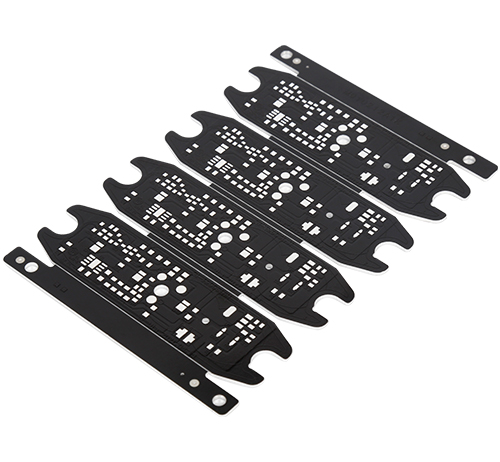Time:2023-04-12 Visit:
Potability refers to the quality of the signal on the signal line, that is, the ability to respond to the correct timing and voltage in the circuit in the circuit. If the signal in the circuit can reach the receiver at the required timing, duration, and voltage amplitude, it can be determined that the circuit has a good signal integrity. Conversely, when the signal cannot respond normally, the signal integrity problem occurs.
With the use of high -speed devices and high -speed digital system design, the system data rate, clock rate and circuit density are continuously increased. In this design, the instantaneous transition and operating frequency of the system are very high. Cable, interconnection, printed board (PCB) and silicon wafers will show completely different behaviors from low -speed design, that is, the problem of signal integrity will occur. Signal integrity problems can cause or directly bring to such as signal distortion, timing errors, incorrect data, address, control lines and system errors, etc., and even collapse the system, which has become a very noticeable problem in high -speed product design. This article first introduces the problem of PCB signal integrity, secondly explains the steps of PCB signal integrity, and finally introduce how to ensure the PCB design signal integrity.

The problem of PCB signal integrity includes: PCB's signal integrity problem mainly includes signal reflection, string disturbance, signal delay and timing error.
1. Reflex: When the signal is transmitted on the transmission line, when the feature impedance of the high -speed PCB transmits the transmission line is not matched with the source of the signal or the load impedance of the signal, the signal will be reflected. Ringling phenomenon. Overshoot refers to the first peak (or valley value) of the signal jump, which is an additional voltage effect on the power level or under the ground level; The next valley value (or peak). Excessive overwhelming voltage often impacts for a long time to cause damage to the device. The lower rush will reduce the noise tolerance, and the bell increases the time required for the stability of the signal, which affects the system timing.
2. String disturbance: In PCB, string disturbance refers to the dissemination of the unwilling noise interference caused by the transmission line on the transmission line, because the electromagnetic energy passes through mutual and inter -sensing coupling to the adjacent transmission lines. The interaction in the same area is produced. The coupling current caused by each other is called capacitive string disturbance; and the coupling voltage caused by the sense of interoperability is called perceptual disturbance. On PCB, string disturbance is related to the length of the wiring, the distance between the signal line, and the condition of the reference ground.
3. Signal latency and timing error: The signal is transmitted at a limited speed on the wire of the PCB. The signal is sent to the receiving end from the driver. There is a transmission delay during the period. Too much signal delay or the non -matching signal delay may cause sequential errors and logical device function confusion. High -speed digital system design analysis based on signal integrity analysis can not only effectively improve the performance of the product, but also shorten the product development cycle and reduce development costs. With the development of digital systems towards high -speed and high -density directions, it is very urgent and necessary to master this design weapon. In the continuous improvement and improvement of the model and computing analysis algorithm of signal integrity analysis, the digital system design method using signal integrity for computer design and analysis will be widely used in a wide range and comprehensive application.